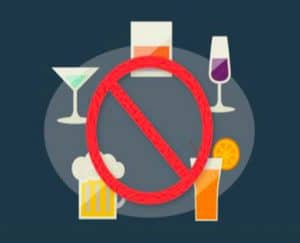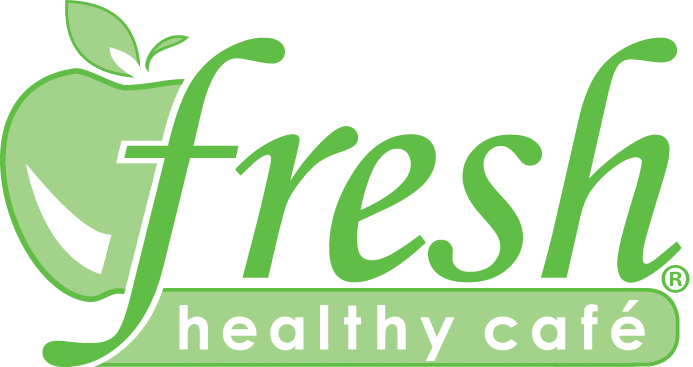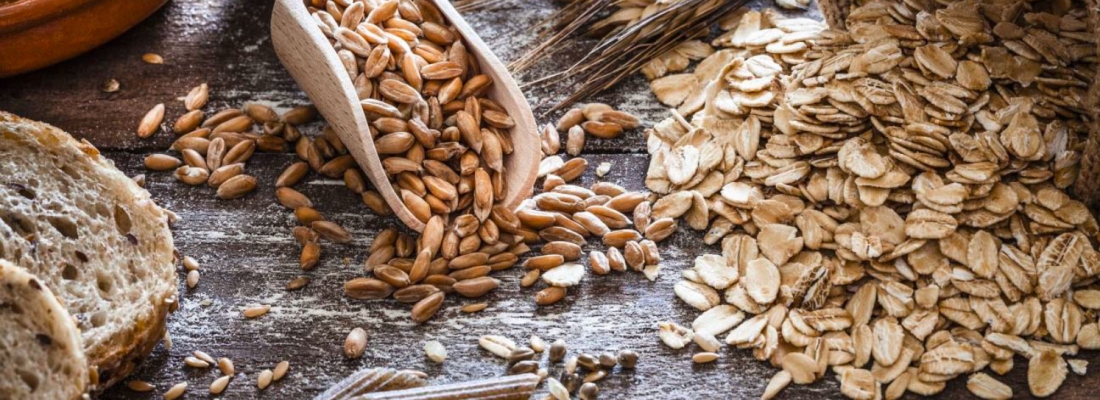Monday’s healthy habit is about Physical Education and Sports Week! And in the Blue Zones, those areas where people live longer, stronger and better, they do not do so much “fitness” as much as they play and move and have fun together. Plus, they do it outside – in the fresh air and sunshine, and grass! Think about the ways you and your family can make your own “PE” that is fun! Walk with friends, find “hill climbs” to race up with your children, and find ways throughout the day to get up and move. Blue Zones people “move” every 20 minutes! And remember that deep breathing outdoor air in the sunshine helps us process those nutrients we are eating, too!

Wednesday’s holistic health habit for national stroke and high blood pressure awareness month is to load up with whole grains! Three portions of whole grains a day were able to help people reduce their risk of stroke by 25% – which is the same as taking medications! Here is the challenge – many packaged and processed foods say “whole grain” on them – but they are loaded with sodium and other additives that cancel out the benefits of the whole grains. There is a wonderful universe of whole grains out there – it is more than just substituting brown rice for white rice. Millet, oats, quinoa, amaranth, teff – you can find ALL of them at local stores or online and they add the diversity that our gut microbiomes love!
Thursday’s holistic habit to live longer and stronger is more about whole grains, and a reminder that three servings a day reduces blood pressure and stroke. There are many products that say “multi-grain”, “one hundred% wheat”, “seven grain” and other words that can distract us from knowing what they truly are. Here is a tip: read the label and the ratio of carbs to fiber should be five or less – meaning fewer grams of carbs for every gram of fiber. Wonder Bread h. 30 grams of carbs to three grams of fiber – 10 times, which is DOUBLE the goal. Ezekiel Bread, on the other hand, has only fifteen grams of carbs to three grams of fiber so they pass the test. You can use this rule on cereals and snacks to help your family choose the right ones – or eat whole, unprocessed grains to make sure! Remember, it is five grams of carbs to one gram of fiber.
Friday’s health on the shelf message for protection against high blood pressure and stroke, since this is national high blood pressure and stroke awareness month, is in addition to lowering sodium and increasing whole grains, add ground flaxseeds. They alone can result in the most potent blood-pressure-lowering effects that can be achieved. Buy your seeds whole and grind them just before you add them to your smoothies, salads, cooked rice or oatmeal – just buy an inexpensive coffee grinder. It is important to grind them then eat them right away – do not buy flax that’s already ground, or it loses its nutrients. AND nitrate-rich veggies like beets and greens improve our blood pressure as well!
And an oldie but goodie 🙂
Hey friends – I have had requests for this messaging…friends are seeing their friends drink and not know the consequences. And it is not about alcoholism or driving drunk…it is about any alcohol. So here you go!
On this meatless Monday, we are going to talk about research from The American Institute for Cancer. Their bottom-line message is, “Diets that revolve around whole plant foods – vegetables, whole grains, fruits and beans – cut the risk of many cancers and other diseases as well. Limiting alcohol, eating mostly plant foods, and maintaining a normal body weight was associated with a 62% lower risk of breast cancer” and that great result is if we are following only three of their ten recommendations! Also, alcohol consumption is related to at least seven types of cancer, yet fewer than 50% of Americans realize there is any link between consuming alcohol and cancer. More to come all week about alcohol and our health, so stay tuned and have a marvelous Monday!
Yesterday we talked about cancer prevention – eating vegetables, whole grains, fruits and beans… and the fact that alcohol consumption is related to at LEAST seven types of cancer… but did you know it kills more women from breast cancer than from any other? The International Agency for Research on Cancer estimates that for every drink consumed daily, the risk of breast cancer goes up 7 percent! All the research linking alcohol to breast cancer is deadly solid. In fact, alcohol is classified as a definitive human breast carcinogen. Have a terrific Tuesday everyone and come back tomorrow to learn more!

We have talked all week about the harmful effects of drinking alcohol and last week we talked about the concept of “everything in moderation”. When it comes to alcohol, the widely held view that drinking red wine is healthy is being revised – alcohol consumption contributes to death and disability and that wonderful book “Undo It” says that the safest level of drinking is NONE. Alcohol contributes to health loss from many causes and takes a toll on all our body systems. We can reap all the positive health rewards from red wine, without any of the negative issues by eating purple grapes – the ones with the seeds appear to be most effective. So, save yourself some health, and wealth, by not drinking wine.
We have talked all week about alcohol and how studies have revised the thinking that moderate drinking is good for us – the only time mortality improves by drinking some alcohol is for those who take bad care of themselves. Interesting. In addition to the cancer risks of alcohol consumption, remember that it DEHYDRATES us, which is not good, it is loaded with calories which is again, is not good, is a DEPRESSANT and is NEUROTOXIC – meaning it directly damages our brain cells. If you are serious about living longer and living stronger, the research is clear that alcohol is not a part of either. This week the health on the shelf message is about what NOT to have on your shelves, which is alcoholic beverages. Have a fantastic Friday everyone!








